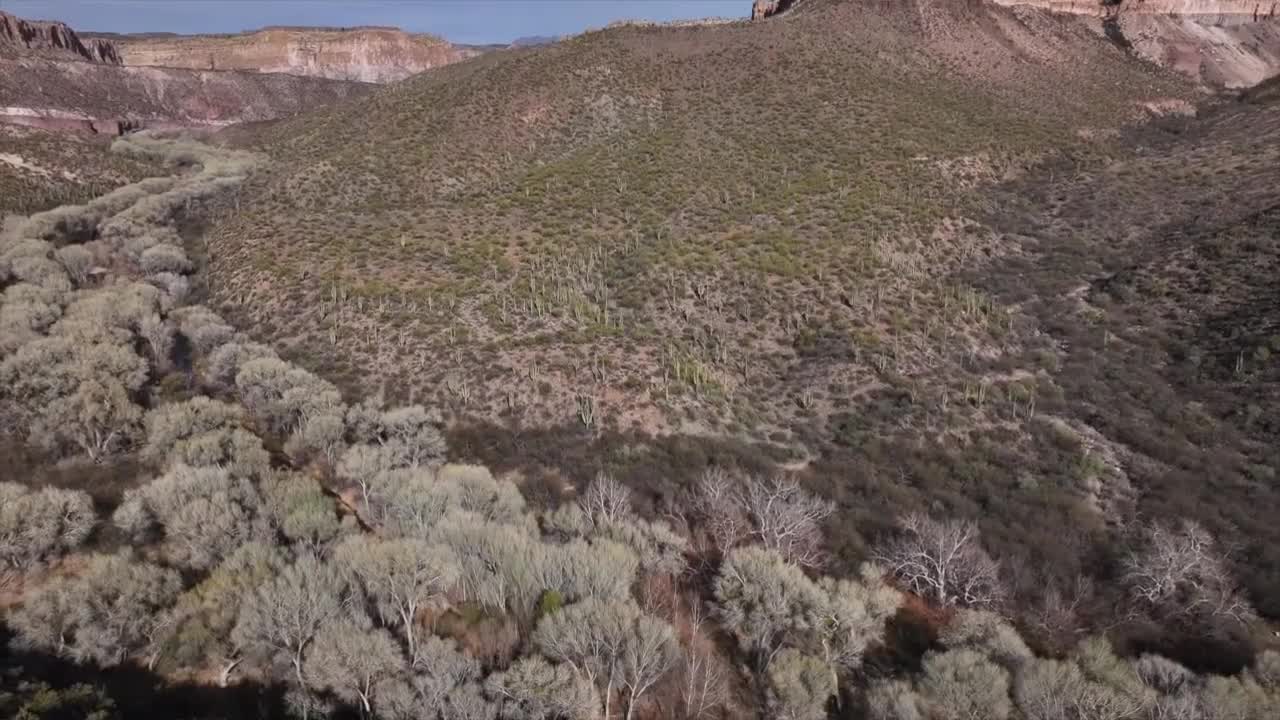MAMMOTH, AZ — A controversial mining exploration project is moving forward near the San Pedro River, despite growing concern from nearby residents, environmental groups, and tribal leaders who say their voices are being ignored.
The Bureau of Land Management recently approved a plan by Redhawk Copper — the U.S. arm of Canadian-based Faraday Copper — to disturb eight acres of public land near the town of Mammoth to allow up to 67 exploratory drilling sites. Some of the pads already exist, but the expansion opens the door for significantly more activity in the region.
Jennifer Walden, a resident who lives near the project area, says she relies on a well for water, as do many of her neighbors. She’s worried about what this project could mean for the community’s future.
“A lot of the properties down here have wells,” Walden said. “I have grave concerns about the water.”
Each drill rig could use up to 175,000 gallons of groundwater per month, sparking fears that local water resources could become strained in a region already dealing with drought and climate uncertainty.
Landowner Garland Speight said that while the community isn’t anti-mining, many locals are demanding greater accountability and transparency in how the project is handled.
“Don’t get me wrong — a lot of these communities are mining communities,” Speight said. “They know what it’s like when mining is active and when it’s not. But I think what most folks are concerned about is seeing responsible mining done.”
Environmental groups and the San Carlos Apache Tribe asked the BLM’s Arizona state office to reconsider the approval, citing potential threats to groundwater, tribal cultural sites, and endangered species. Among their concerns is the Mexican spotted owl — a threatened species protected under the Endangered Species Act. A photo provided to ABC15 by a source close to the project shows one of the owls just a quarter mile from a proposed drill site. The photo was taken in October 2024.
Despite that evidence, the final Environmental Assessment stated the species was “not present” in the area. The BLM denied the formal request for reconsideration just a few days later.
“To come out with such a perfunctory response — both for the initial round of comments and then for the appeal letters — it doesn’t feel like they’re really paying attention to the concerns,” Speight said.
“There seems to be a lot of worry, and the worry surrounds the fact that there’s going to be a lot of water use,” Walden added. “They say up to 175,000 gallons per month.”
ABC15 asked Speight what question he would want state officials to answer. His response: “Why haven’t they done a detailed hydrological evaluation of the impact to local perennial waters?”
When we called the agency’s Arizona state office and asked if anyone could comment on the decision or provide further explanation, a spokesperson responded, “No comment.”
Walden, upon hearing the response, expressed frustration. “No comment? Oh my gosh, why?” she said. “They should be speaking for the people — not for the mining company or the exploratory mining company. That’s just really disheartening.”
ABC15 also reached out to Faraday Copper for comment but has not received a response.
This is a developing story. ABC15 will continue to push for answers and provide updates as more information becomes available.





